A Trip to the Black Madonna
Southern Gothic meets Midwestern kitsch, which is my kind of pilgrimage and just what I needed before this Holy Week.
Last week I was talking to my old friend, Kaitlyn, who tours the country with Broadway musicals. She’s in charge of all the costumes. This is an enormous job. Just thinking of all the ballet shoes in Phantom makes me pass out with organizational overwhelm. This is the first year in decades that she has stayed in one place. Usually she is wandering all over the world with work, or in her downtime wandering all over the world exploring. In our conversation she happened to mention a trip she had taken several years ago to see the Shrine of the Black Madonna in Eureka, Missouri. [cue stunned pause]
“What!?” I said. “When? Where? I live 30 minutes from Eureka. How have I never heard of this place?”
“I don’t know Kell,” she said, “it’s there.”
Fast forward to Tuesday night, I was in my cohort group for the Living School, the two year program I’m in at the Center for Action and Contemplation. The question posed to our motley band of seekers was, “Where did you come from, spiritually?” I knew the question was coming but still, my heart was in my throat. I hate this question. It makes me angry. When it was my turn I’m not even sure what I said.
“I’m from inerrancy and literalism, from anti-science creationism, from boxes that are too small, from Grace that wasn’t for everybody, from Calvinism, from the elected, from disdain for liturgy and symbol, from pre-destination, from original sin and rapture, from purity culture, from substitutional atonement theory, from cis straight men, from an angry God and a very white, very Western Jesus.”
I don’t like to go back there. And yet somehow, I keep returning. Not because I believe it - but because I’m still so angry. I’m like one of those people that can’t get over their divorce and keeps talking about their ex. God, how boring! And yet, not much makes me cry, but right on schedule - talking about growing up in Evangelical culture makes me mad cry.
Right after I angry cry all over my zoom call and vent all my resentments on my sweet fellow cohort members, I regret it. The voice in my head tells me I’m too negative. I’m too angry. It reminds me I still have lots of work to do. Eh.. the voice can suck it.
The next morning I wake to the sun and the inspiration that THIS is the day to visit the Black Madonna. I’m on spring break and I need a pilgrimage. I lay in bed and do a bit of research on the Shrine and the Grottoes built by the Polish monk, Brother Bronislaus. The Franciscan Missionary Brothers emigrated from Poland to St. Louis in 1927. In Poland the icon of the Black Madonna and child known as Our Lady of Czestochowa is said to have been painted by St. Luke himself two thousand years ago. Brother Bronislaus grew up in Czestochowa watching pilgrims travel to pay tribute to the Black Madonna. Watching the lengths that pilgrims would travel made a huge impression on the young boy. When he reached America he dedicated himself to clearing the land and building a chapel to dedicate to the Black Madonna of Czestochowa. It was a lifetime labor of love to create the chapel and the surrounding grottoes.
He built the grottoes by hand with Missouri Barite or TIFF rock from a mine in Potosi 30 miles away. The grottoes are adorned with donated sea shells (remember we’re very much land locked) and costume jewelry (most of which has been removed by visitors). They are a site to behold. The grotto for St. Francis is covered in your grandmother’s kitschy bird ornaments and the lamb and bunnies sitting at the base of the grotto were made from pouring concrete into cake tins. It’s magic.
There are glass bottles that act as stained glass to let in colored light and topiaries made of recovered chandeliers and concrete flowers made from cupcake tins. But if you step back and take in the grandeur of the grotto - you would think you were, well maybe not in Rome, but perhaps in a small country town on the outskirts.
It’s Southern Gothic meets Midwestern Kitsch and I love it. It speaks to one man’s unwavering devotion and love for God. It speaks to answering a call without fanfare but with a whole lot of flourish. It speaks to the fact that what you have right now is good enough to build your altar. In fact, what you have isn’t just “good enough,” it’s perfect.
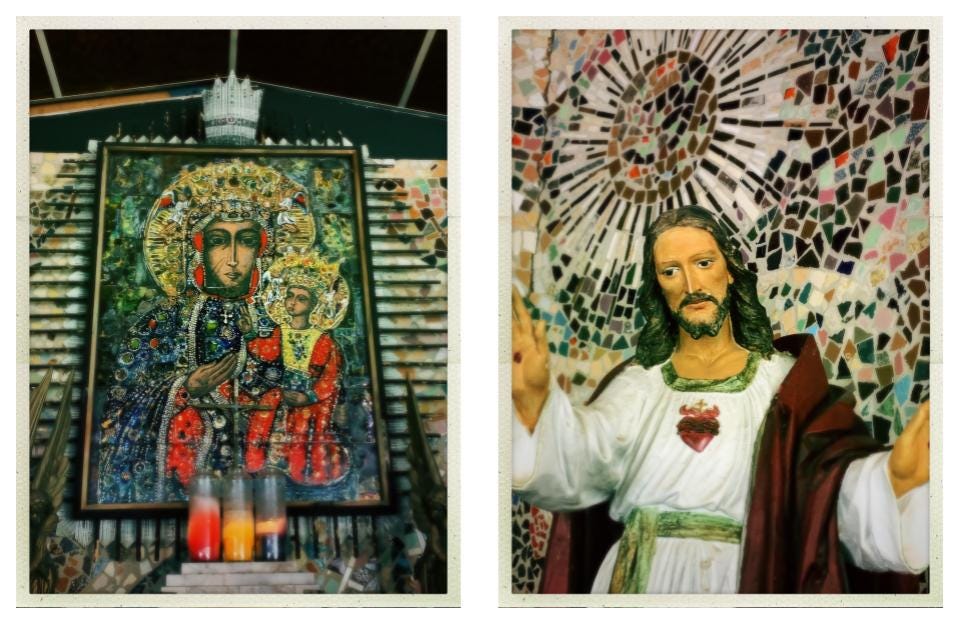

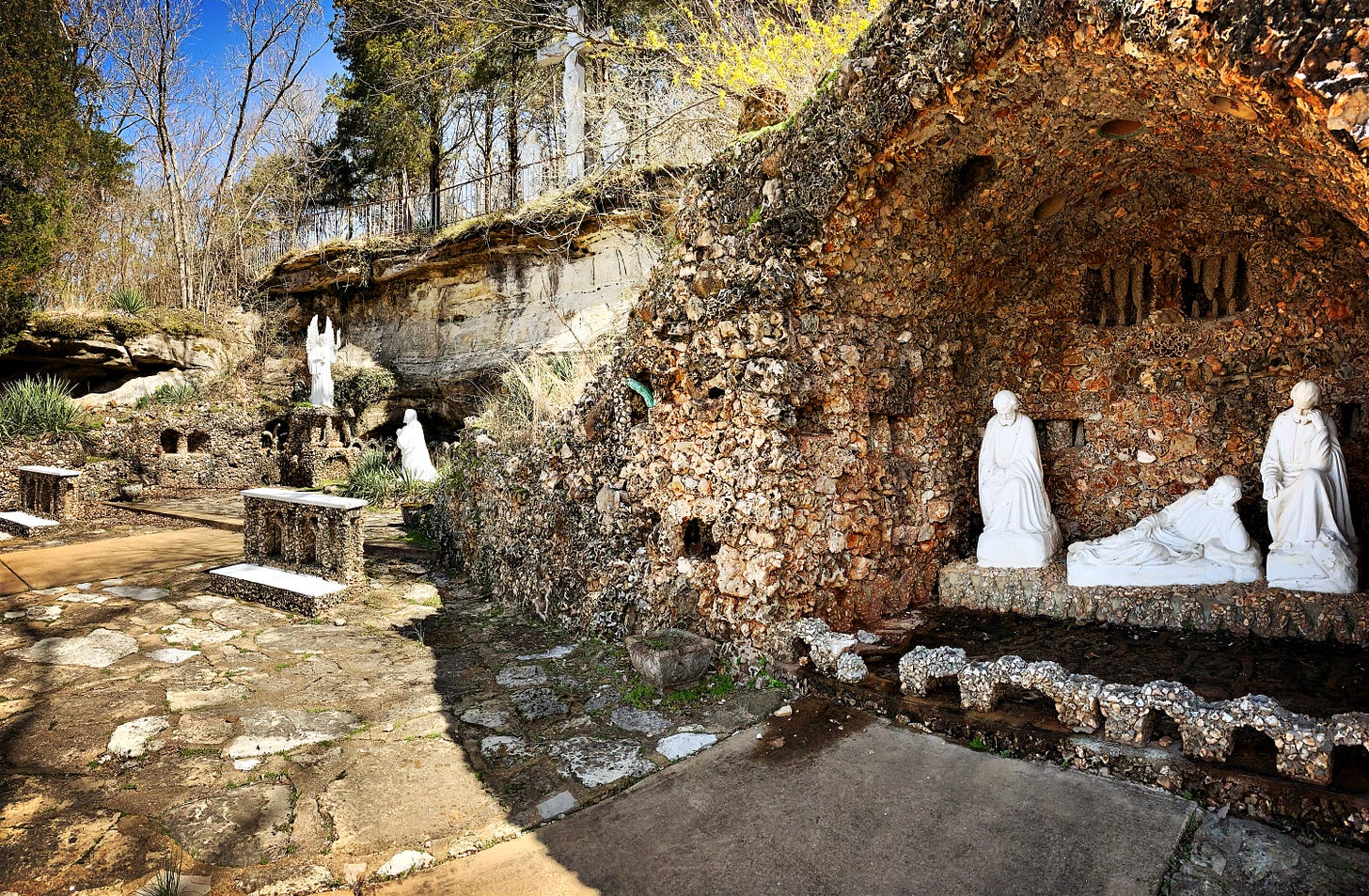
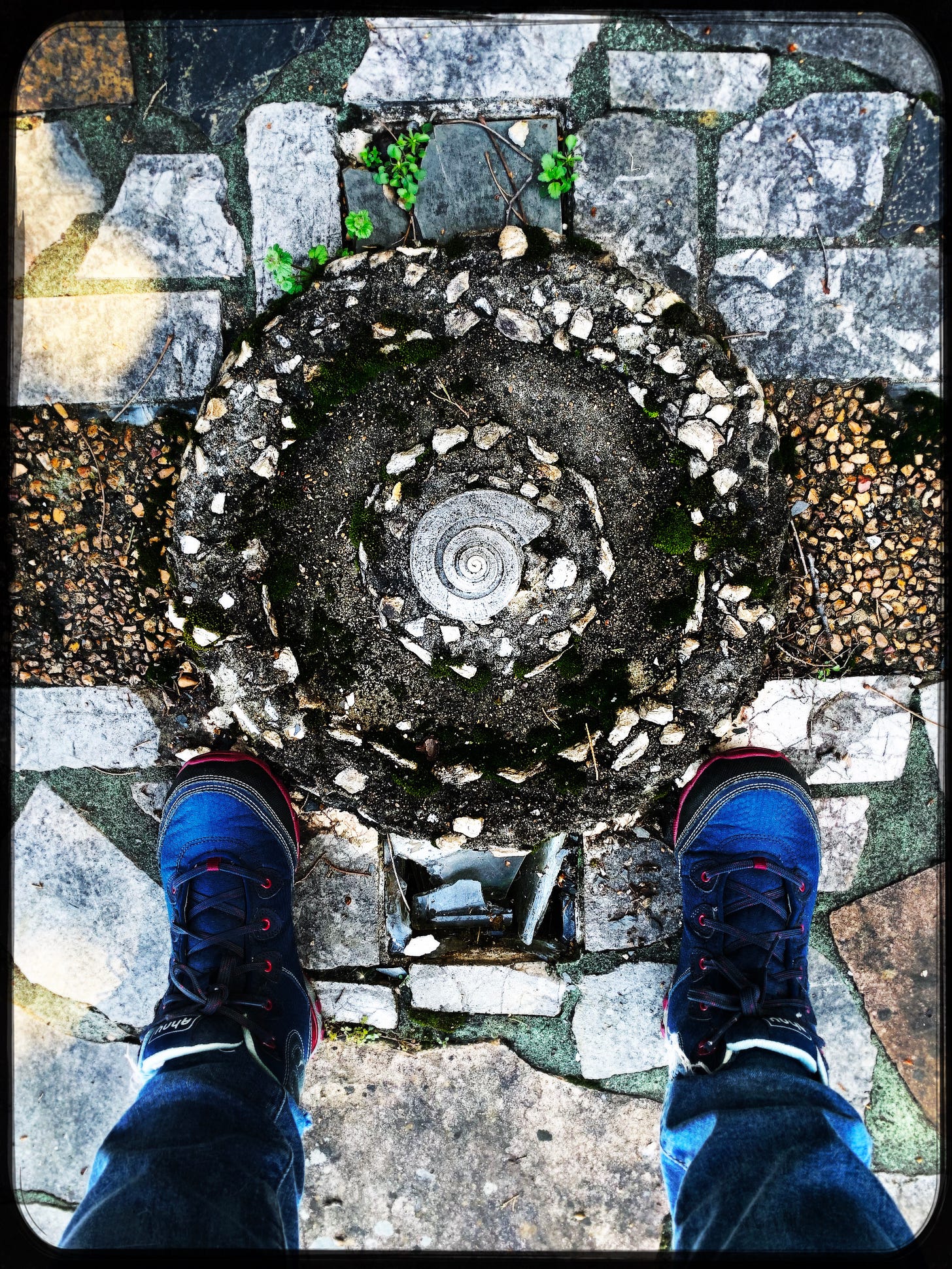
After walking the grounds I sat for a long while on the bench behind Golgotha. Around me the forest floor was covered in daffodils and crocuses and the sun was warm enough to offset the cool breeze. It was quiet and I was completely alone. I looked over toward the rebuilt chapel and the Grotto of Mary the Mother of Sorrows that Bronislaus tore apart and rebuilt several times over his life. Finally, I looked up at the crucification.
“You brought me out here,” I thought as I looked towards Jesus’ back. “You brought me here cause this is where I came from, right? This crazy beautiful story of patch worked attempts at holiness. This story that includes pain but also includes the promise that resurrection is not only possible but inevitable.”
A teacher of mine says, “The pain you don’t transform, you transmit.”
The salvation story is one of transformation where we’re not called to simply believe a set of doctrines, we’re called to actually transform our egotism, our need for power and control, our resentments and greed - all those things that keep us from enacting God’s liberating love. Transform and be of use in love. “The entire law is fulfilled by keeping this one commandment: to love your neighbor as yourself.” (Gal 5:14, NIV) If we don’t transform our pain, our grief we certainly can’t love our neighbor well. We have clear and recent examples of that.
And here transformation was all around me. The burned down chapel converted to an open air shrine. Grandma’s porcelain unwanted birds becoming St.Francis’ beloved friends. The communion wine bottle turned into stained glass. And me, even me, an angry ex-evangelical going on pilgrimage to find that everything belongs exactly because everything in some way finds its way to transformation, if only in death. But just as Jesus came to live and not to simply die, so too we are here to live. To live and to love one another. To build our own sacred, ridiculous altar to hope pieced together with bits and bobbles in the form of our lives.
Ok, let’s try this again…
“I am from a place where junk is repurposed for Beauty and hearts are resourced with silence. I am from a place where God is endlessly knowable and mystery is welcome. I am from a place where the story is in the living and not in the dying. Where change is possible even in those of us most addicted to our selves. I am from a Love so big that a man would spend his life building and rebuilding an altar out of rock and scraps to create a Holy landscape out in the middle of nowhere but for a few wandering pilgrims.
I am also from honeysuckle and wild raspberries. From catching tadpoles in creek beds. I am from feeling inadequate and loved at the same time. I am from a family steeped in traditions that don’t all work, but that’s ok because I am also from a family that once broke down in a station wagon in Ohio on their own pilgrimage to come see me in a college play. I am from generosity and deep friendships. I am from all night dinner parties and rock and roll music. And I am from grief and shame as well as an indescribable legacy of love and sacrifice.”
I sit for a while longer in the silence and breathe in the sweet fragrance of hyacinth. I don’t want to leave that bench and the sun and the cool breeze, but my memory has been gifted back to me and I’m ready to go home.

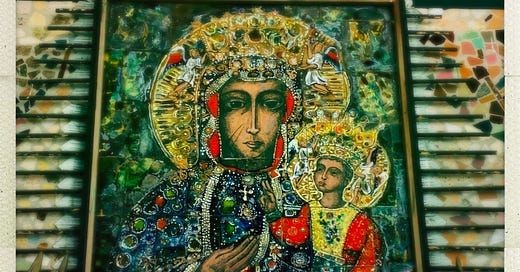


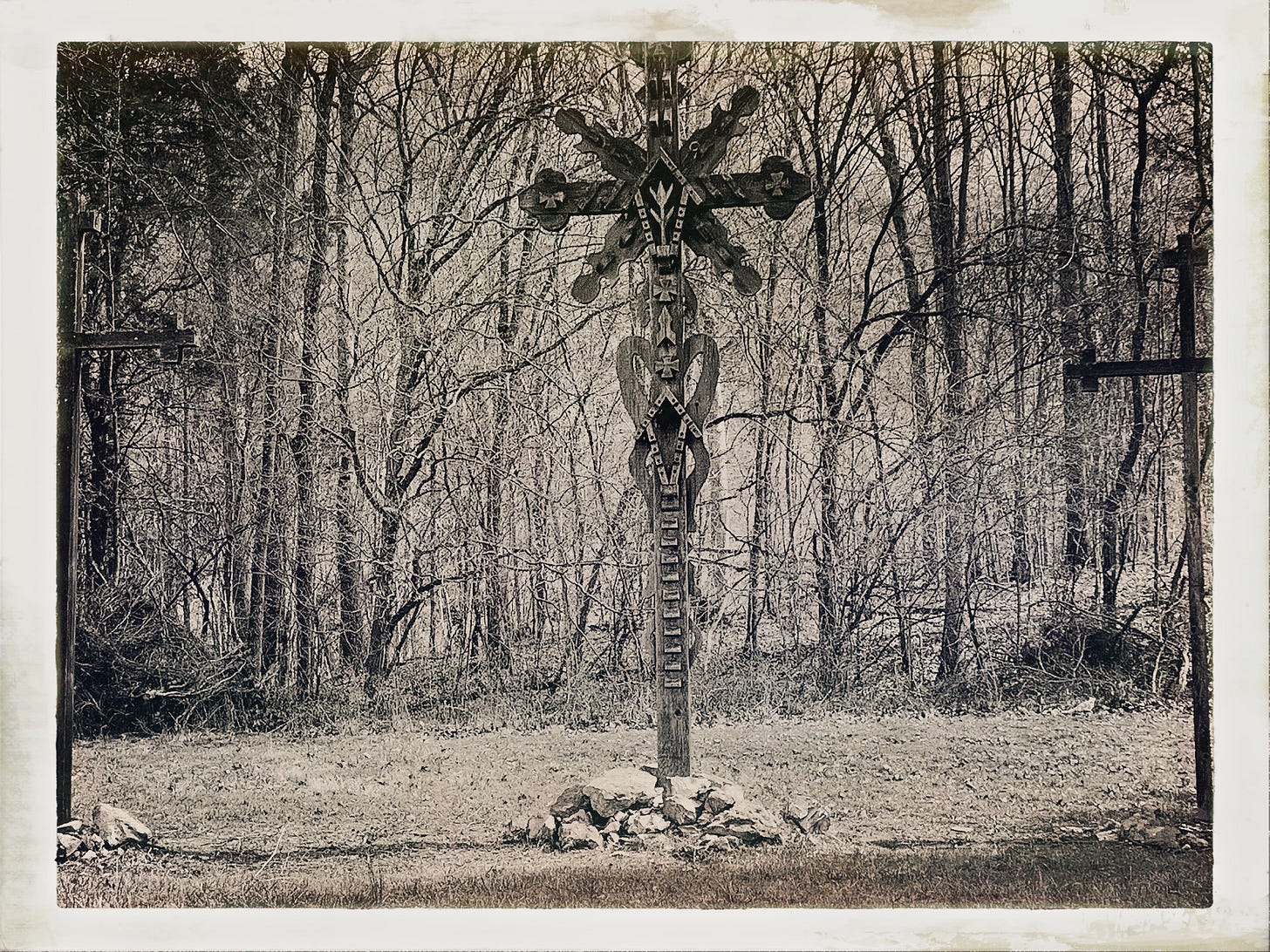
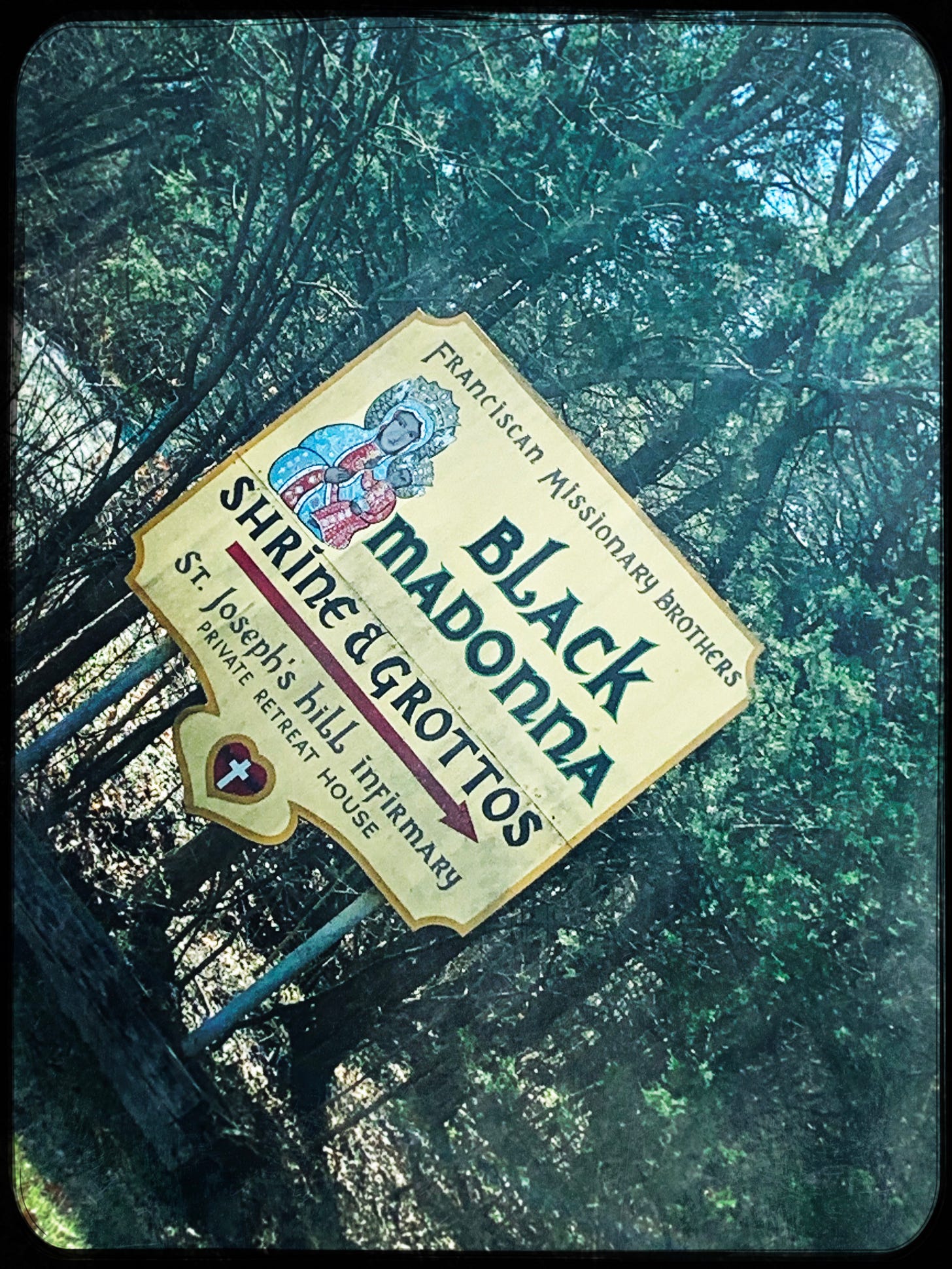
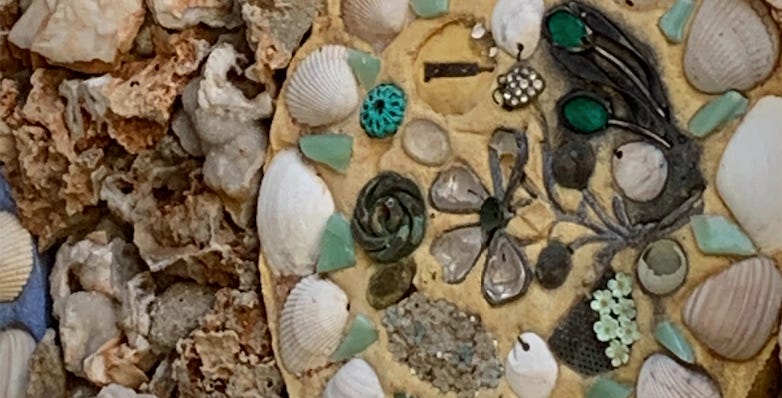
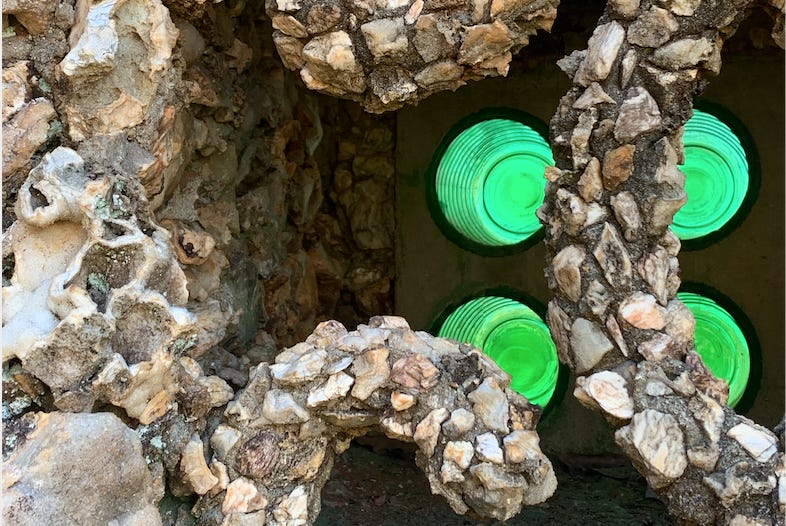
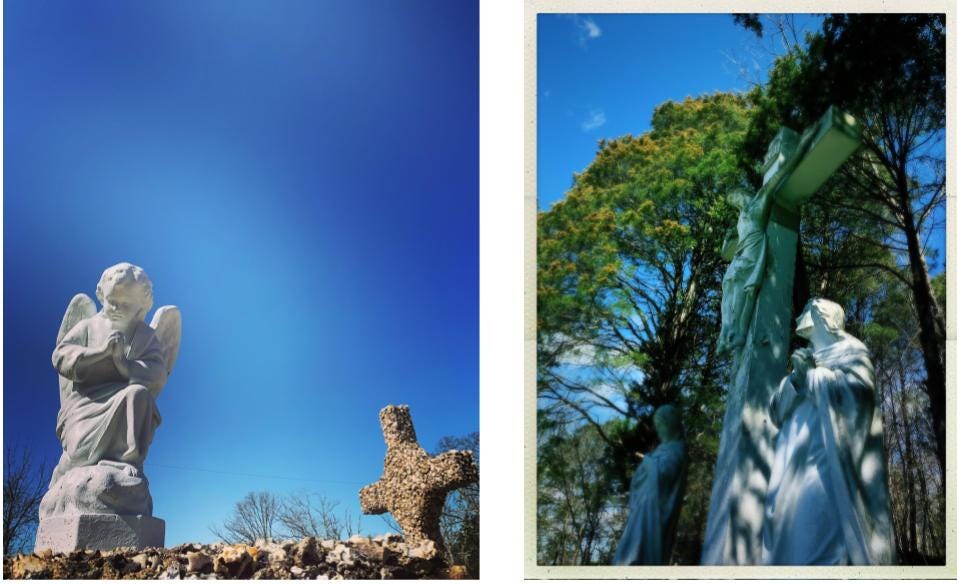
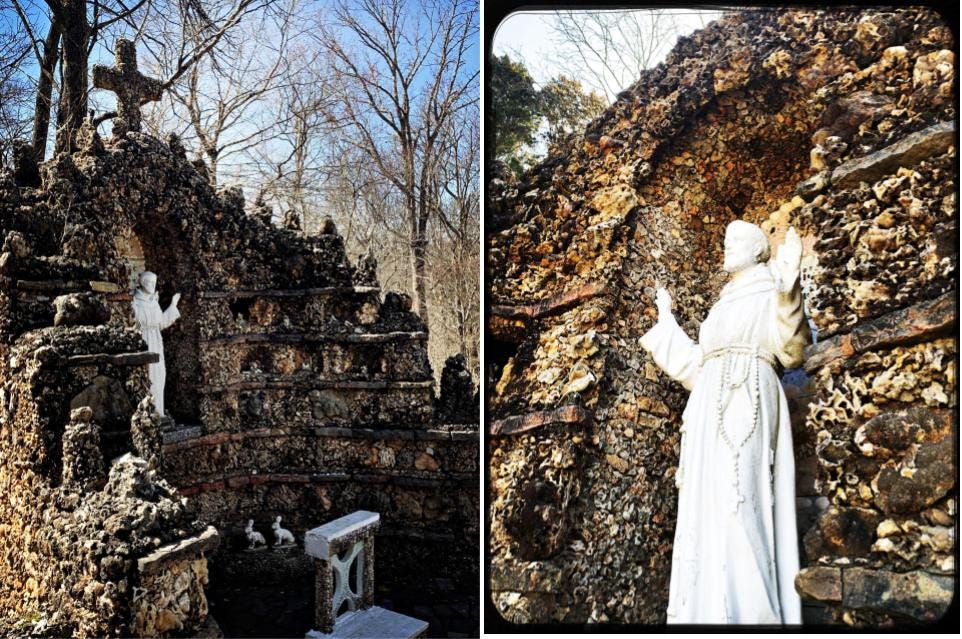
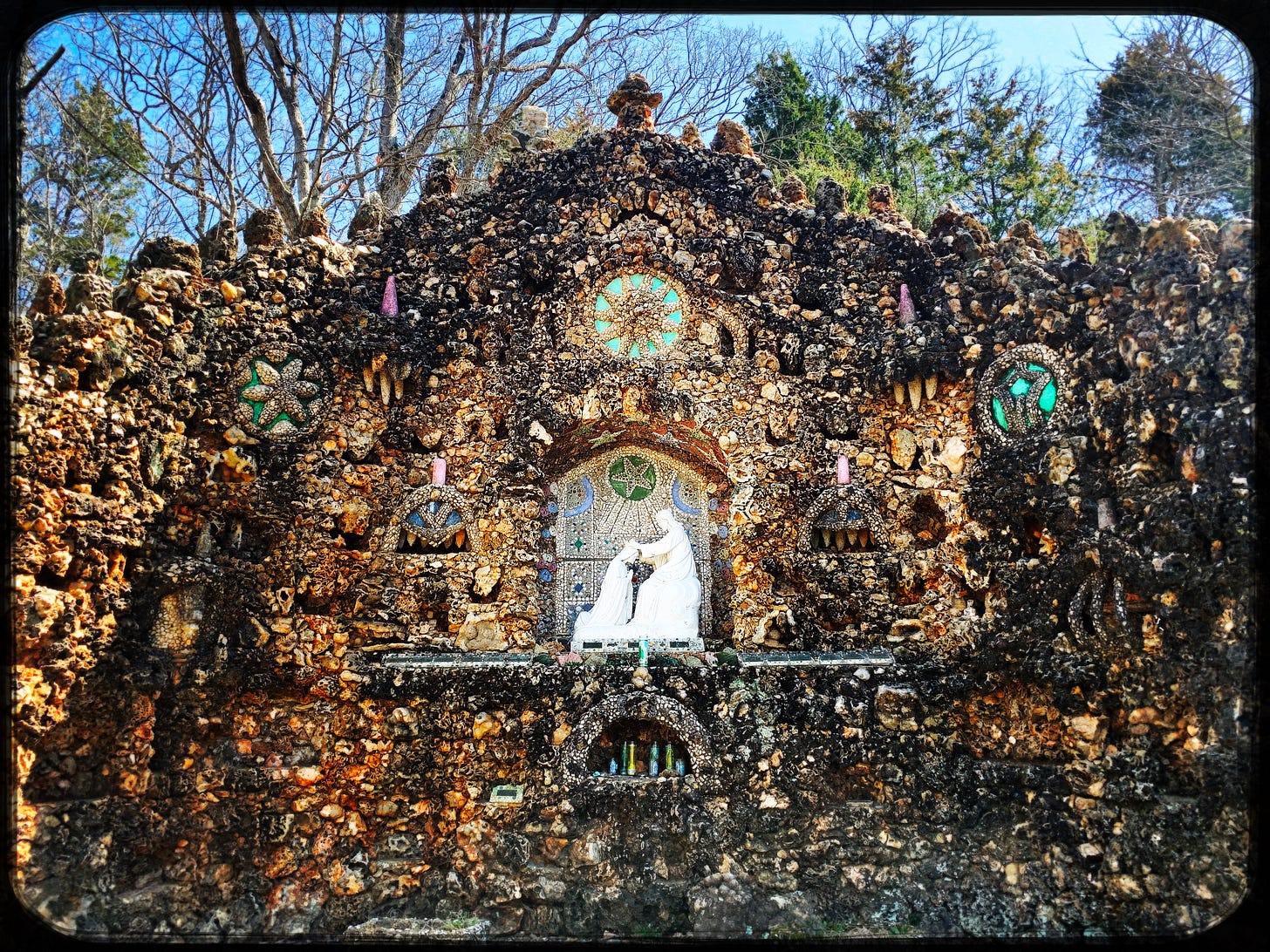


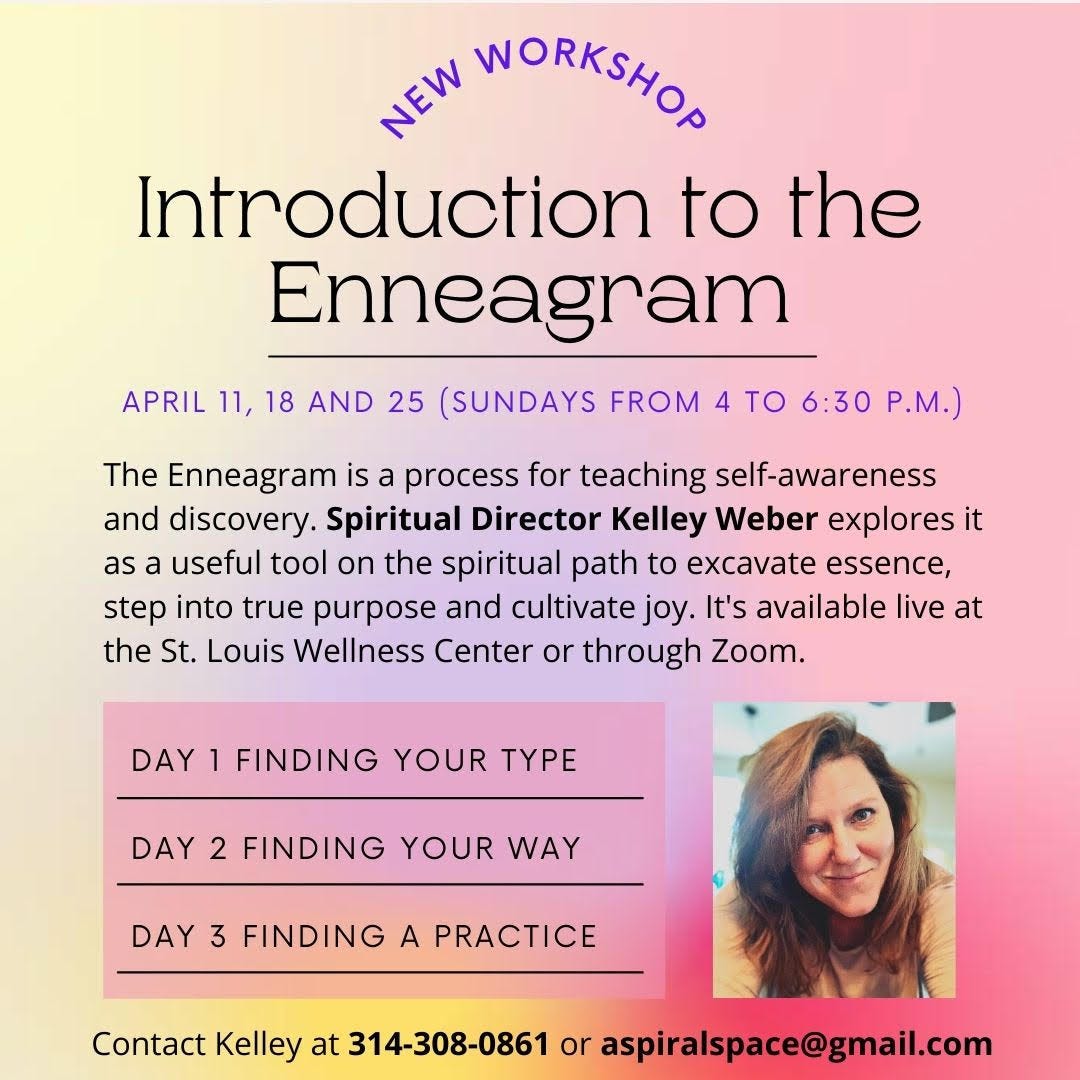
This is so lovely Kelley. I guess I need to go back and take a closer look at the bunnies! Easter blessings.
Love this! Great start for Holy week